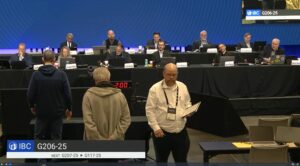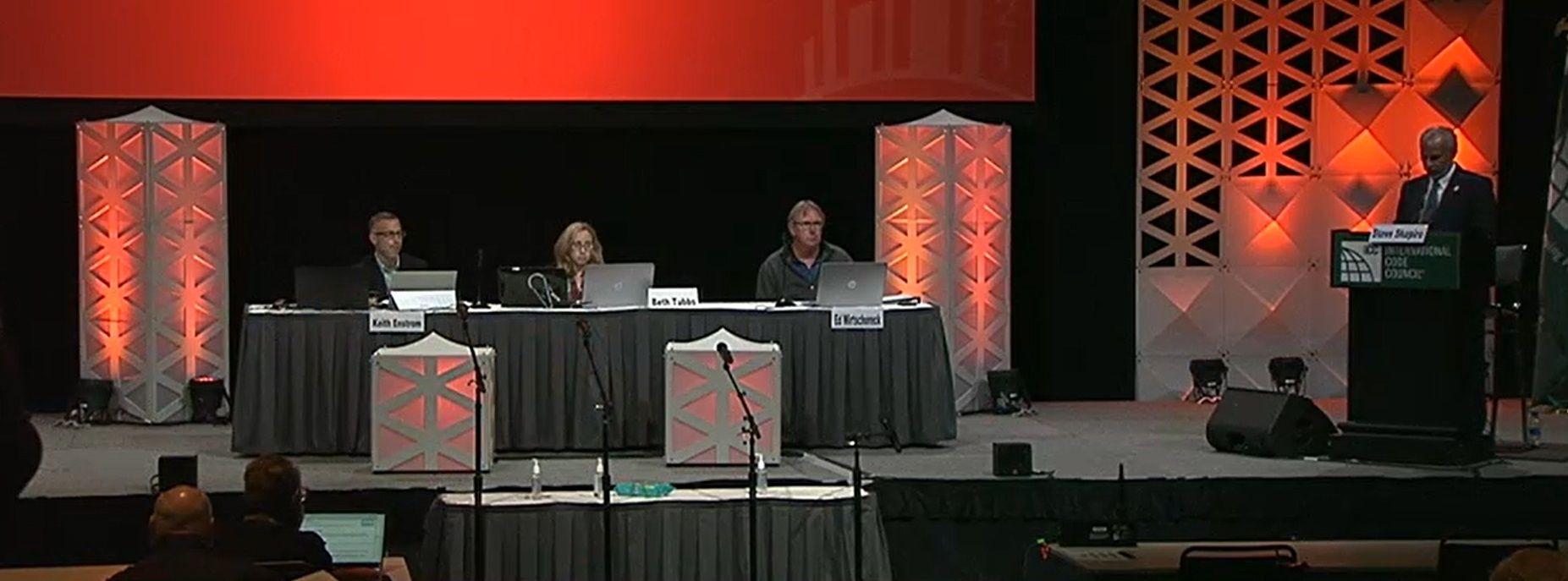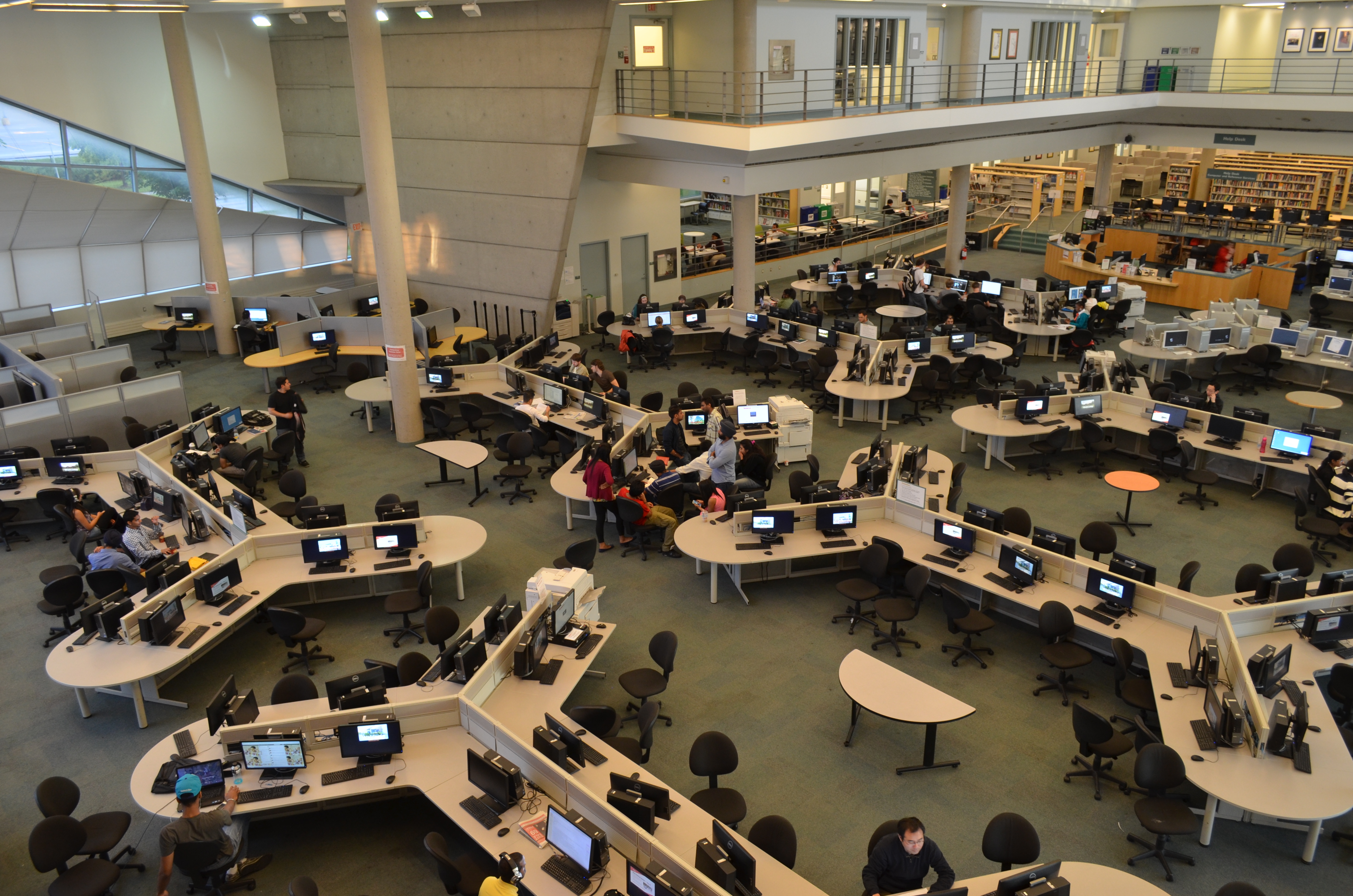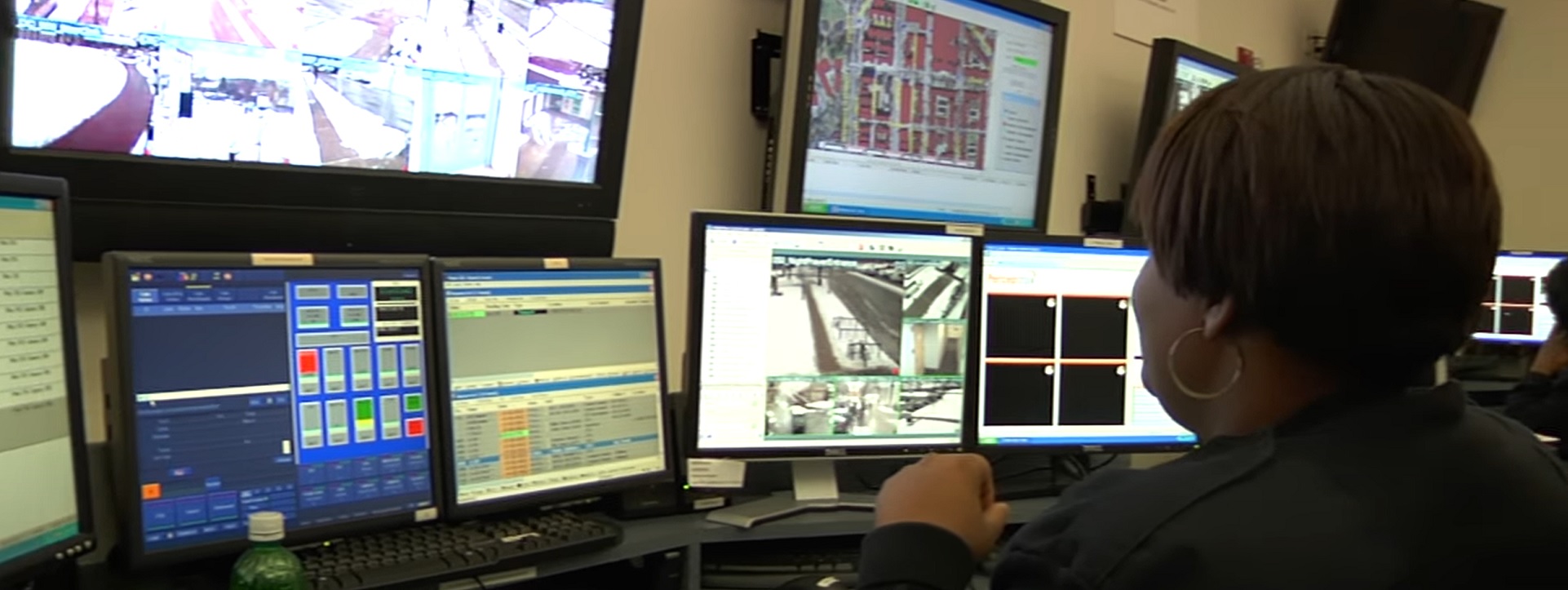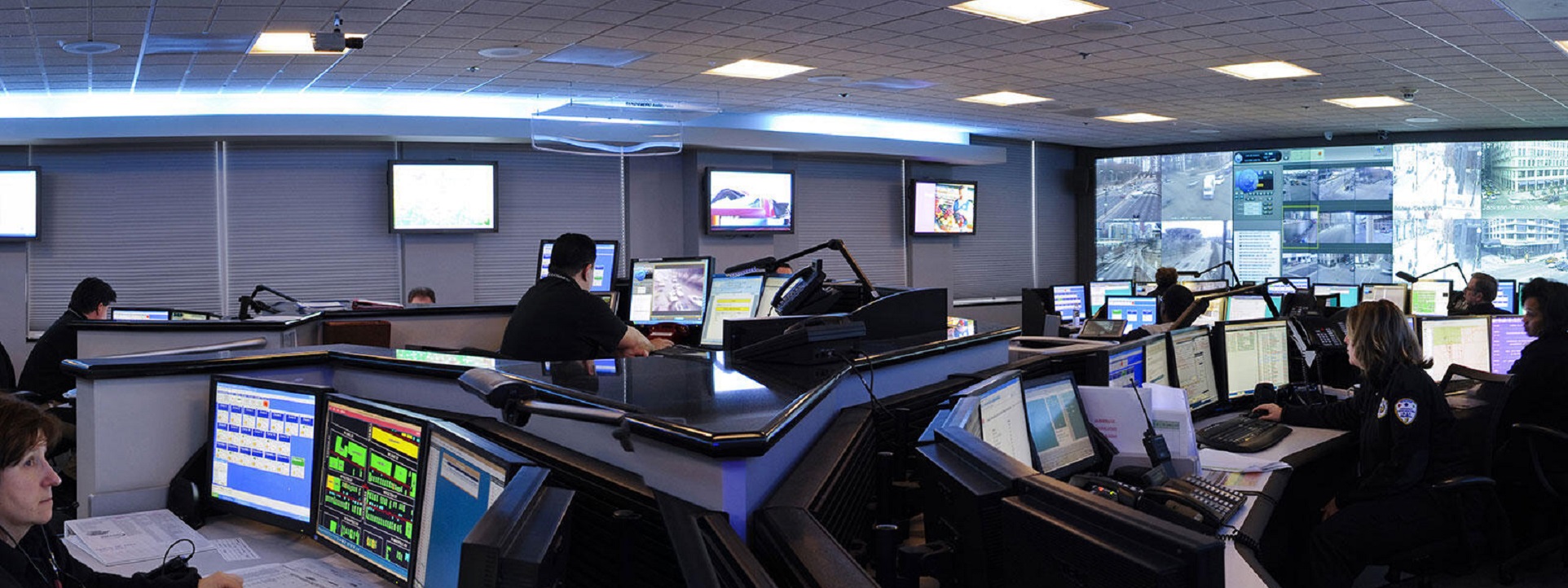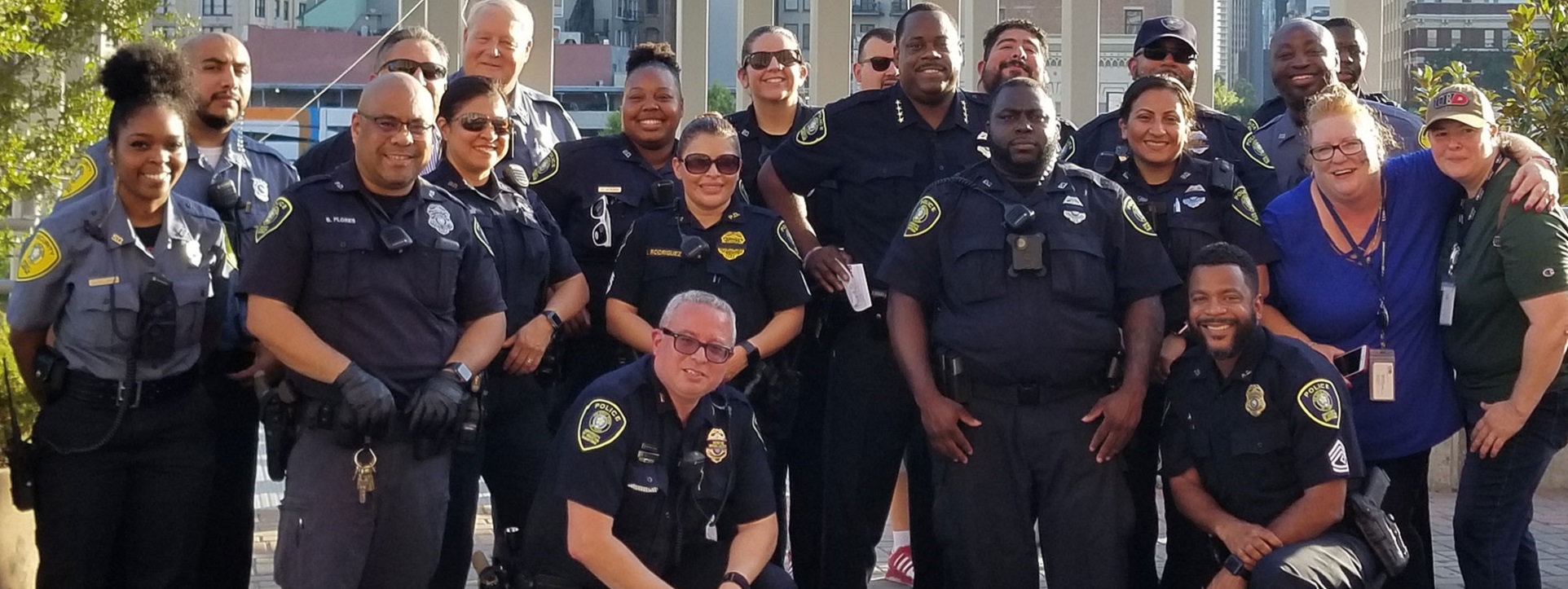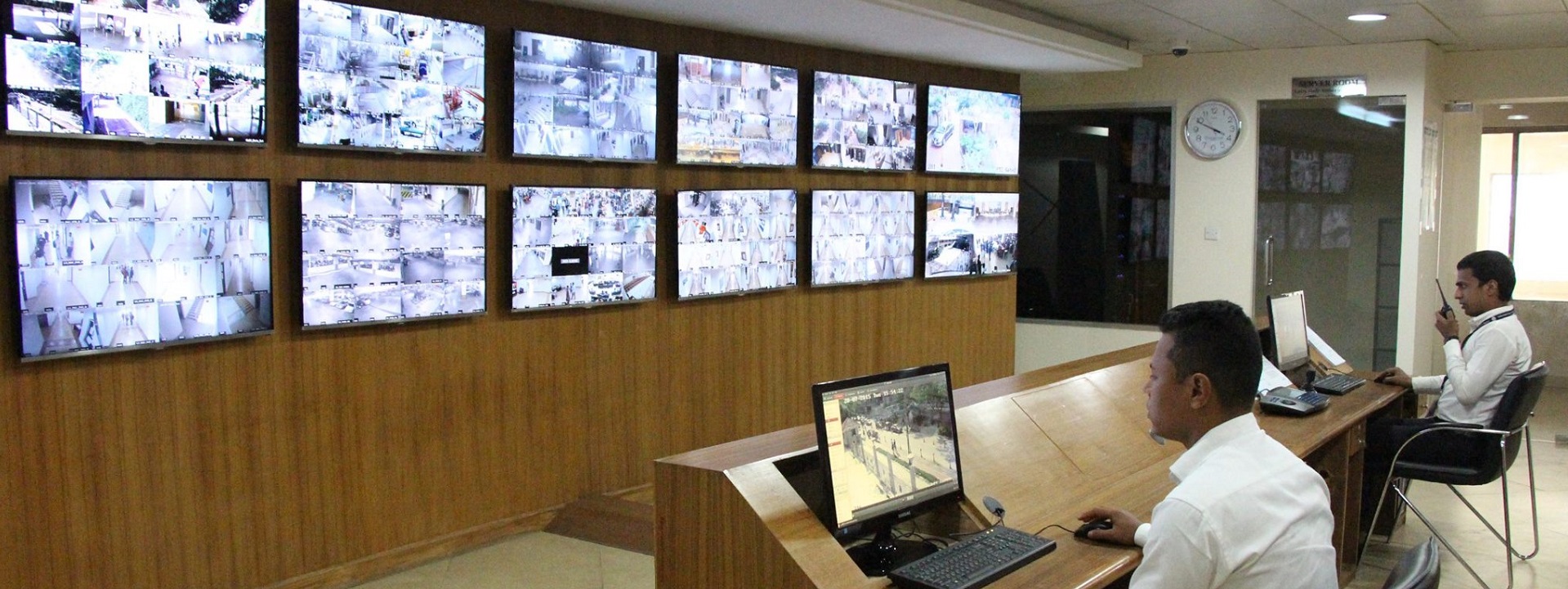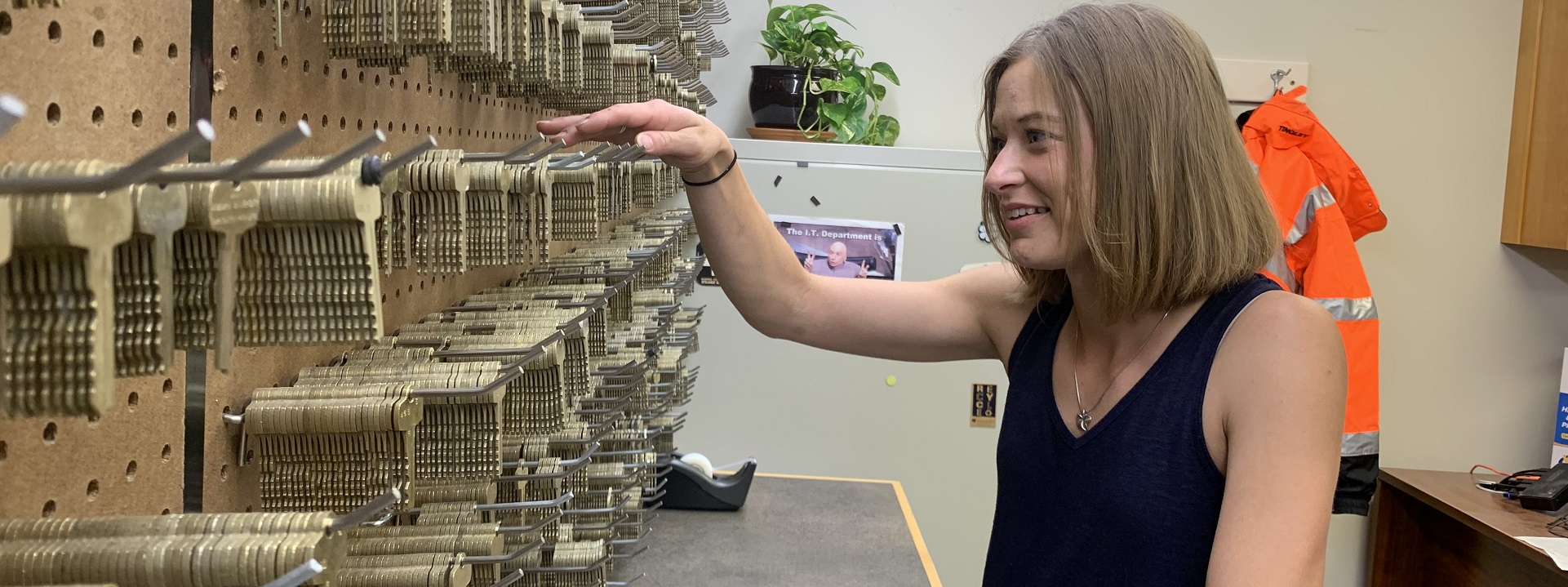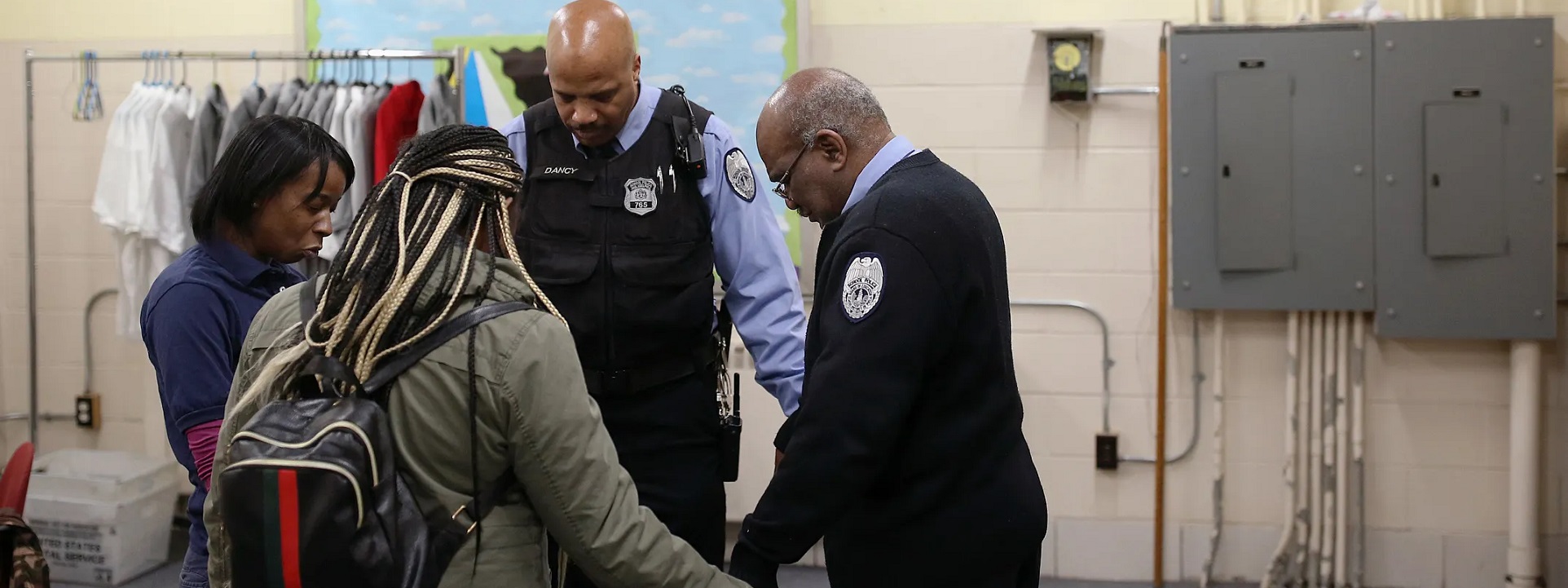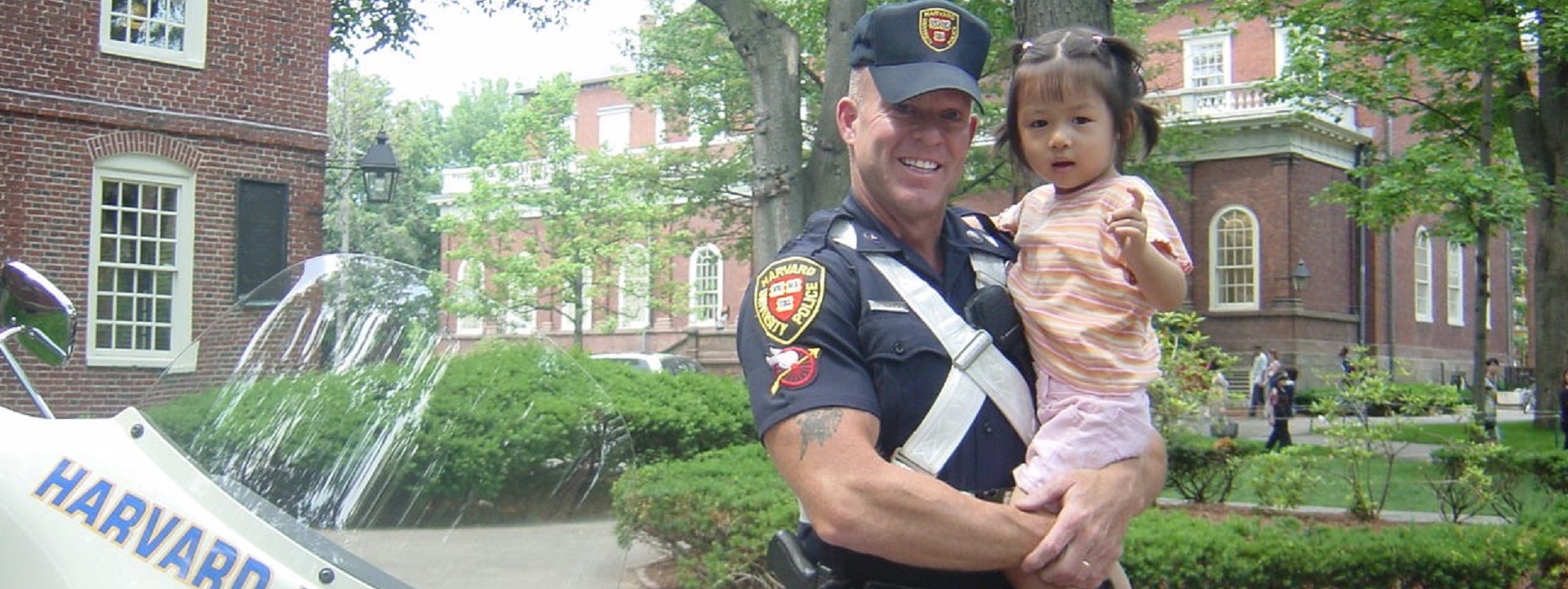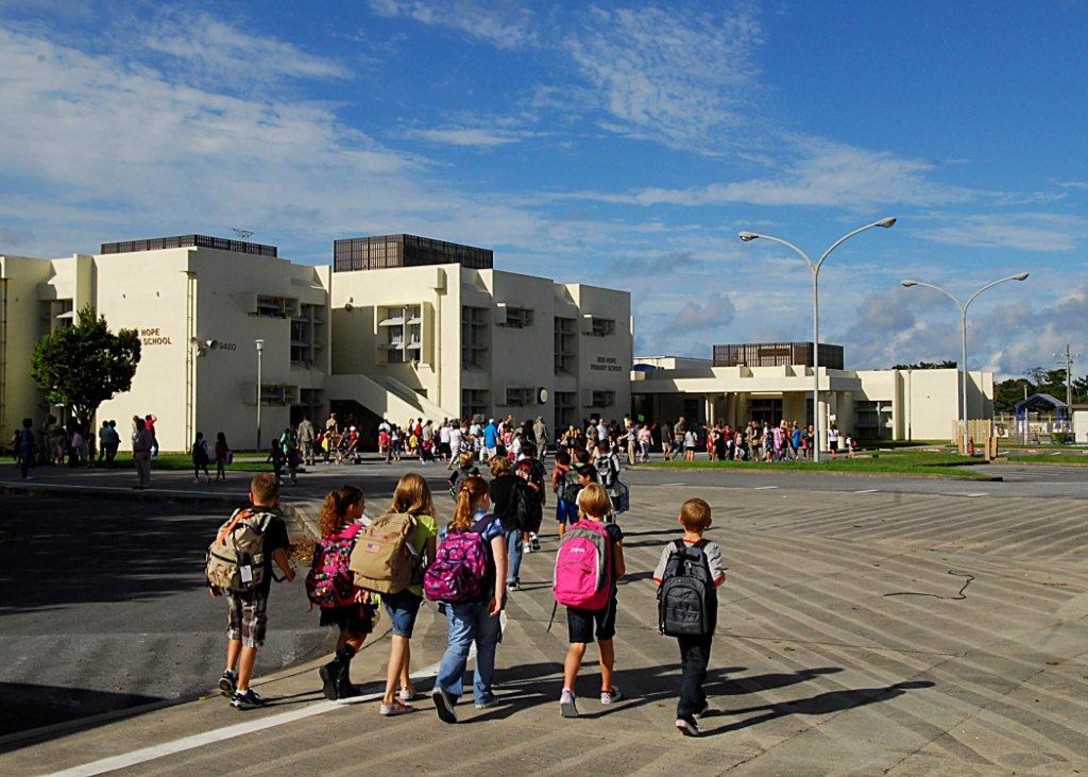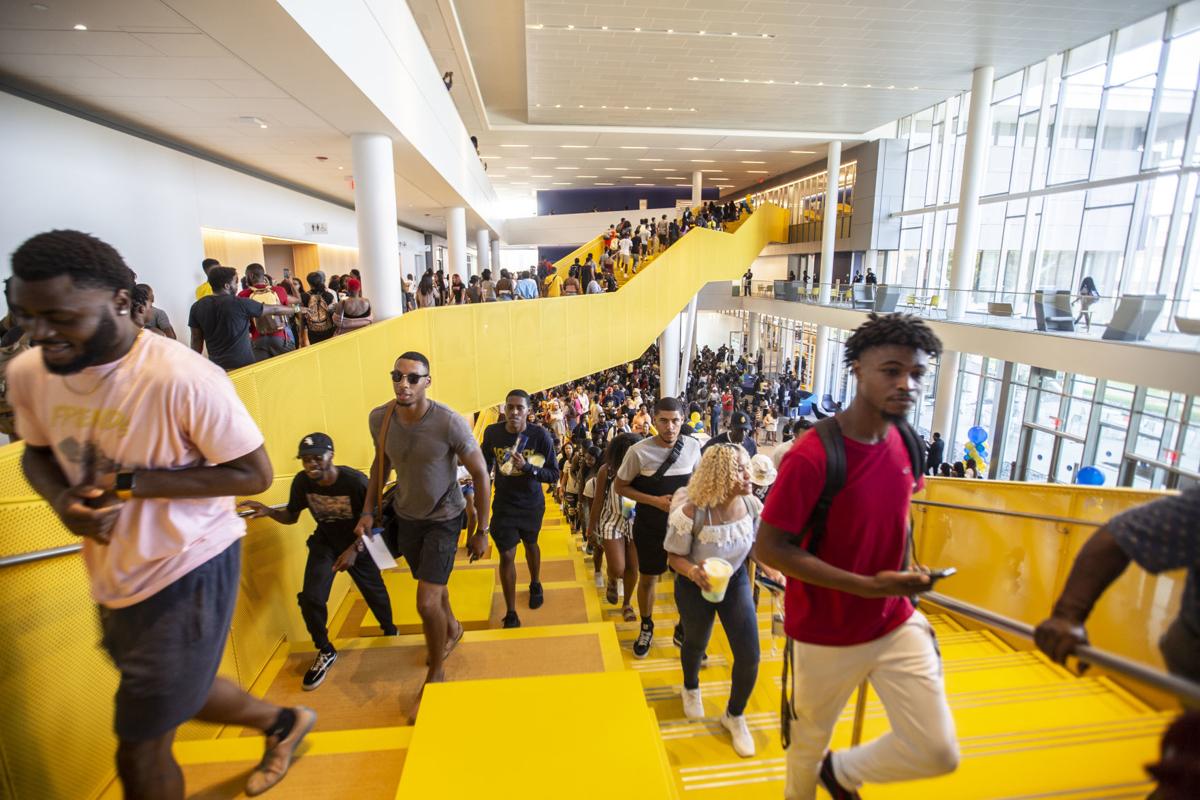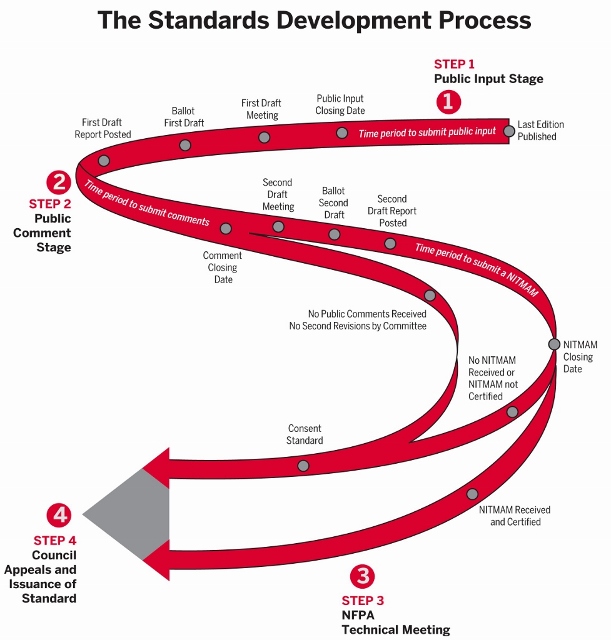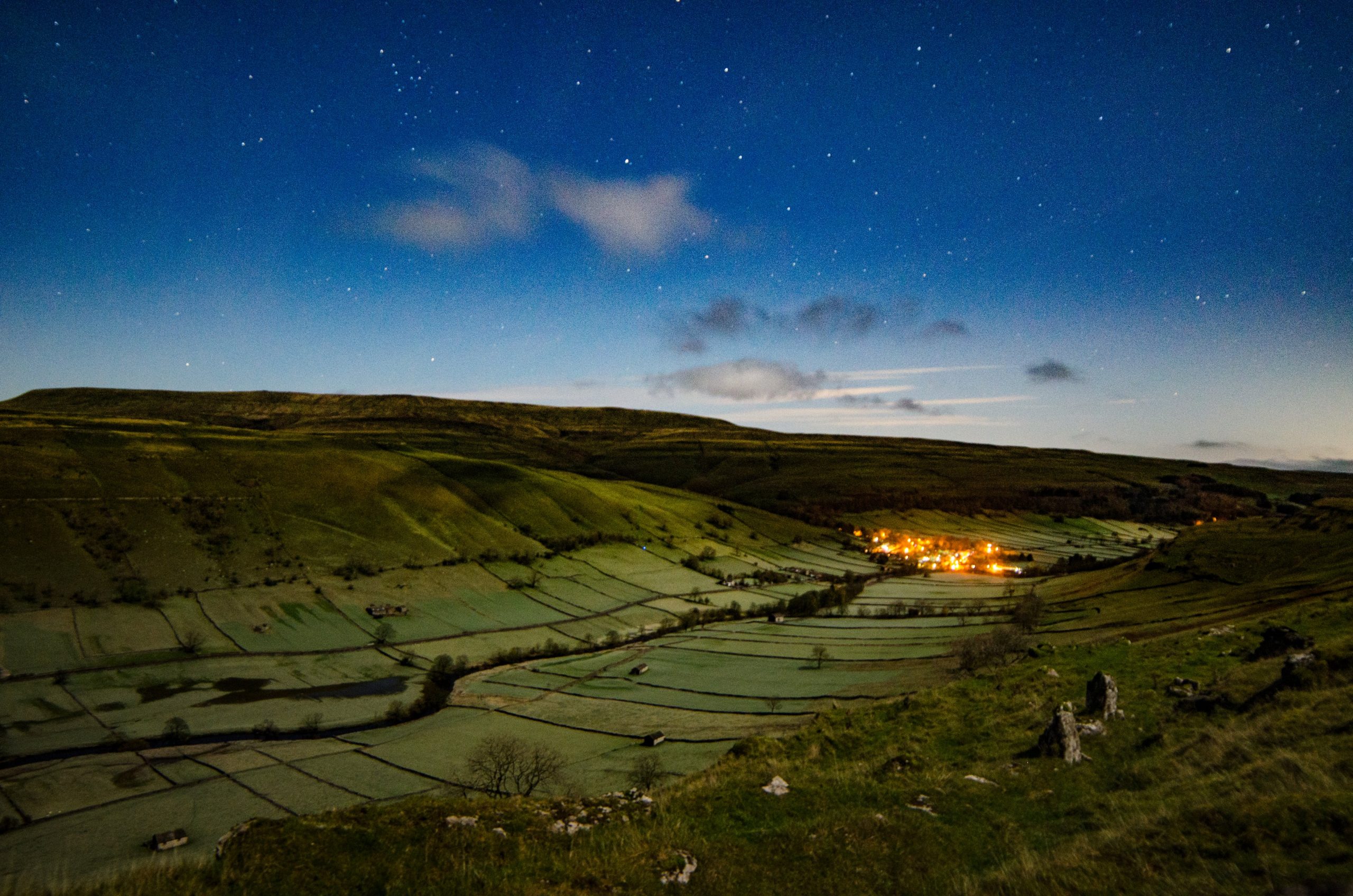Educational Seating
- Home Page 6

I-Code Group B Committee Action Hearings
Committee Action Hearings Webcasts – Group B #1
Complete Monograph (2630 Pages)
IBC Rebuttal on G153-25 Performance Electrical Design
(response with hyperlinks to supporting research)
Partial listing. We have until July 15th to comment on committee action
Our proposal G153-25: Page 754
Michigan Modular G195-25: Page 859
“Clinical Need” definition for enhanced security: Page 765
“Electric Vehicle Charger” definition by the National Parking Association/Parking Consultant’s Council: Page 457
“EV Charging Space” definition: Page 458
“EV Supply Equipment” definition: Page 460
ADM20-25 Authority of building official in natural disasters and high hazard regions, p141
ASM3-25 Electrical equipment re-use, p195
G2-25. New definition for Animal Housing Facilities, p438
S57-25. Quite a bit of back and forth on wind and PV “farms, p1053, et. al (“Wind and solar farms are different from animal and produce farms” — Mike Anthony)
G143-25 Lighting Section 1204L remote rooms, windowless rooms, University of Texas Austin student accommodation costs, p. 737-
PM31-25 Housekeeping and sanitation in owned property as law, p1794
PM50-25, Sleeping units to be private, p.1829
RB146-25. Energy storage systems installed in garages, requirements for physical protection, p. 2195
RB144-25, Load capacity ratings and compliance with NFPA 855, p. 2186
RB143-25, Working roof walking access around solar panels, p. 2180
SP1-25 New definition of base flood elevation for purpose of correlating requirements for electrical safety, et. al, p. 2578
Link to Track 1 and Track 2 Webcast
Modular Office Furniture Wiring
2026 NEC CMP-18 Public Input Report
Modular furniture systems with integral power and telecommunication fittings require attention to power and digital pathways. “Modular systems furniture” is a generic term for bundles of panels, worksurfaces, shelves, and other items sold by a single manufacturer as a package for furnishing offices. The modular furniture system environment is characterized by close proximity to electrical energy. Where there is electrical energy there are concerns for shock and fire safety.
Fire safety considerations appear in NFPA 70 National Electrical Code (NEC)– generally in Articles 210 (Branch Circuits), Article 220 (Branch Circuit, Feeder and Service Load Calculations) — and with more specific safety considerations appearing in Articles 604 (Manufactured Wiring Systems) and Article 605 (Office Furnishings). The current edition of the National Electrical Code is linked below:
Public Access 2023 National Electrical Code
Over the past 30-odd years modular furniture manufacturers have worked out a lot of the bugs in products; making it easier for furniture contractors to deliver a safer and more effective installation. What remains are site-specific conditions — such as lighting load, current draw of space heaters and personal air conditioners through the furniture power pathway — that must be reckoned with. A sample of other considerations:
- Harmonic heating of the furniture pathway caused by non-linear, harmonic load
- The risk of double-phasing when circuit breakers are joined with handle ties back at the panelboard and share a neutral
- Any lighting equipment used with the partitions must have of properly sized cord no more than 9 ft long
- Modularity in power tap cords (“whips’) between furniture raceways and the first gathering point
There are other safety and sustainability issues related to USB outlets, and data/voice outlets[2] that we will cover in another post and in our collaborations with IEEE SCC-18 and the IEEE Education & Healthcare Facilities Committee (IEEE E&H).
We find office wiring a relatively lively “promontary” in safety and sustainability circles. The transcript of debate among interior wiring experts is always a good place to listen in on the technical discussion; linked below:
Public Input Report – 2023 National Electrical Code Panel 7
Public Input Report – 2023 National Electrical Code Panel 18
We find manufactured wiring concepts tracking that effects office occupancies for all industries. Market incumbents continue advocacy for more ground fault and tamper-resistant receptacles in day care and gymnasium.
A more significant debate tracks in Chapter 2 — related to office modular furniture wiring because electrical load calculations determine how designers specify branch circuits for all occupancy classifications present in education communities (which is nearly every occupancy type defined in the International Building Code):
Public Input Report – 2023 National Electrical Code Panel 2
,Standards Michigan, beginning with its inspiration in the original University of Michigan standards advocacy enterprises, has a long and storied engagement with Chapter 2 of the NEC covered here and also academic literature and also in research sponsored by NFPA’s Fire Protection Research Foundation.
We always encourage our workpoint experts in the thousands of electrical and telecommunication units in the education and healthcare facilities industry to participate directly in the NFPA Code Development process (CLICK HERE to join a committee).
Since both the National Electrical Code and the National Electrical Safety Code revision cycles are roughly coincident in 2021 we working on electrical power issues every day, collaborating with the IEEE E&H Committee. Online meetings are open to everyone.
Issue: [16-102]
Category: Electrical, Interior Furnishings, Telecommunications
Colleagues: Mike Anthony, Jim Harvey, Massimo Mitolo
[1] Rightsizing electrical power systems in large commercial facilities
[2] Commercial Building Telecommunications Cabling Standard
More
Security 400
“We worry about what a child will become tomorrow,
yet we forget that he is someone today.”
– Stacia Tauscher
Today we run a status check on the stream of technical and management standards evolving to assure the highest possible level of security in education communities. The literature expands significantly from an assortment of national standards-setting bodies, trade associations, ad hoc consortia and open source standards developers. CLICK HERE for a sample of our work in this domain.
School security is big business in the United States. According to a report by Markets and Markets, the global school and campus security market size was valued at USD 14.0 billion in 2019 and is projected to reach USD 21.7 billion by 2025, at a combined annual growth rate of 7.2% during the forecast period. Another report by Research And Markets estimates that the US school security market will grow at a compound annual growth rate of around 8% between 2020 and 2025, driven by factors such as increasing incidents of school violence, rising demand for access control and surveillance systems, and increasing government funding for school safety initiatives.
Because the pace of the combined annual growth rate of the school and campus security market is greater than the growth rate of the education “industry” itself, we’ve necessarily had to break down our approach to this topic into modules:
Security 100. A survey of all the technical and management codes and standards for all educational settings — day care, K-12, higher education and university affiliated healthcare occupancies.
Security 200. Queries into the most recent public consultations on the components and interoperability* of supporting technologies
Video surveillance: indoor and outdoor cameras, cameras with night vision and motion detection capabilities and cameras that can be integrated with other security systems for enhanced monitoring and control.
Access control: doors, remote locking, privacy and considerations for persons with disabilities.
Panic alarms: These devices allow staff and students to quickly and discreetly alert authorities in case of an emergency.
Metal detectors: These devices scan for weapons and other prohibited items as people enter the school.
Mass notification systems: These systems allow school administrators to quickly send emergency alerts and notifications to students, staff, and parents.
Intrusion detection systems: These systems use sensors to detect unauthorized entry and trigger an alarm.
GPS tracking systems: These systems allow school officials to monitor the location of school buses and track the movements of students during field trips and other off-campus activities.
Security 300. Regulatory and management codes and standards; a great deal of which are self-referencing.
Security 400. Advanced Topics. NFPA 731 Standard for the Installation of Premises Security Systems
As always, we reckon first cost and long-term maintenance cost, including software maintenance for the information and communication technologies (i.e. anything with wires) installed in the United States. Cybersecurity is outside our wheelhouse and beyond our expertise. In order to do any of the foregoing reasonably well, we have to leave cybersecurity standards to others.
Builders Hardware Manufacturers Association
Education Community Safety catalog is one of the fast-growing catalogs of best practice literature. In developing district security plans, K-12 school leaders stress that school safety is a cross-functional responsibility and every individual’s participation drives the success of overall safety protocols. We link a small sample below and update ahead of every Security colloquium.
Artificial Intelligence Tries (and Fails) to Detect Weapons in School
Could AI be the future of preventing school shootings?
Executive Order 13929 of June 16, 2020 Safe Policing for Safe Communities
National Center for Education Statistics: School Safety and Security Measures
International Code Council
2021 International Building Code
Section 1010.1.9.4 Locks and latches
Section 1010.2.13 Delayed egress.
Section 1010.2.14 Controlled egress doors in Groups I-1 and I-2.
Free Access: NFPA 72 National Fire Alarm and Signaling Code
Free Access: NFPA 731 Standard for the Installation of Premises Security Systems
IEEE: Design and Implementation of Campus Security System Based on Internet of Things
APCO/NENA 2.105 Emergency Incident Data Document
C-TECC Tactical Emergency Casualty Care Guidelines
Department of Transportation Emergency Response Guidebook 2016
NENA-STA-004.1-2014 Next Generation United States Civic Location Data Exchange Format
Example Emergency Management and Disaster Preparedness Plan (Tougaloo College, Jackson, Mississippi)
Partner Alliance for Safer Schools
Federal Bureau of Investigation Academia Program
Most Dangerous Universities in America
Federal Bureau of Investigation: Uniform Crime Reporting Program
* Interoperability refers to the ability of different technologies or systems to communicate and work together seamlessly. In the context of school security technologies, interoperability can help improve the effectiveness of security systems and make it easier for school personnel to manage and respond to potential security threats. Here’s what we look for:
- Standardization: By standardizing communication protocols and data formats, school security technologies can be made more compatible with each other, making it easier for different systems to communicate and share information.
- Integration: School security technologies can be integrated with each other to provide a more comprehensive security solution. For example, access control systems can be integrated with video surveillance systems to automatically trigger alerts when an unauthorized person enters a restricted area.
- Open Architecture: Open architecture solutions enable different security systems to be connected and communicate with each other regardless of their manufacturer or supplier. This approach makes it easier to integrate different technologies and avoid vendor lock-in.
- Cloud-based Solutions: Cloud-based security solutions can enable interoperability by providing a centralized platform for managing and monitoring different security systems. This approach can also simplify the deployment of security technologies across multiple locations.
- Collaboration: School security technology providers can work together to develop interoperability standards and best practices that can be adopted across the industry. Collaboration can help drive innovation and improve the effectiveness of security systems.
Exploring technological preventive methods for school shootings
Exploring technological preventive methods for school shootings
Kelechi M. Ikegwu – Evelyn Sowells – Howard Hardiman
Department of Computer Systems Technology, North Carolina A&T State University
ABSTRACT. The horrific and tragic deaths that have resulted from infamous school shootings have deprived Americans of the sense of security in what has traditionally been a nurturing and safe environment. This paper will discuss different preventive methods for school shootings. The most current preventive methods are examined for fitness based on a variety of school shootings that have occurred in the past. Then a framework for a new school shooting protection device is proposed and evaluated. Concepts from computer vision, anomaly detection, and electromagnetic propulsion are discussed with respect to the proposed framework. Ideally, the goal of the framework presented in this paper is to prevent deaths and injuries from occurring during a school shooting. With the framework, an efficient and comparatively affordable preventive method could be released in the near future.
CLICK HERE to order complete paper
2029 National Electrical Code Panel 3
The University of Michigan has supported the voice of the United States education facility industry since 1993 — the second longest tenure of any voice in the United States. That voice has survived several organizational changes but remains intact and will continue its Safer-Simpler-Lower Cost-Longer Lasting advocacy on Code Panel 3 in the 2029 Edition.
Today, during our customary “Open Door” teleconference we will examine the technical concepts under the purview of Code Panel 3; among them:
Article 206 Signaling Circuits
Article 300 General Requirements for Wiring Methods and Materials
Article 590 Temporary Installations
Chapter 7 Specific Conditions for Information Technology
Chapter 9 Conductor Properties Tables
Public Input on the 2029 Edition will be received until April 9, 2026.
Illumination 400
IEEE Education & Healthcare Facilities Committee
NEC Section 226.6 Conductor Size and Support (B) Festoon Lighting
EC&M Article 225: Outside Branch Circuits
Electrical Time: Definition of Festoon Lighting
Today we refresh our understanding of the moment in illumination technologies for outdoor lighting systems— related but different from our exploration of building interior illumination systems in Illumination 200. Later in 2024 we will roll out Illumination 400 (Holiday illumination) and Illumination 500 which explores litigation related to public illumination technology. As cities-within-cities the shared perimeter of a campus with the host municipality has proven rich in legal controversy and action.
Illumination technology was the original inspiration for the electric utility industry; providing night-time security and transforming every sector of every economy on earth. Lighting load remains the largest component of any building’s electric load — about 35 percent– making it a large target for energy regulations.
Our inquiry begins with selections from the following documents…
International Electrotechnical Commission TC 34 Lighting
IEC 60364 Electrical Installations in Buildings
2023 National Electrical Safety Code
2023 National Electrical Code: Article 410 (While the bulk of the NEC concerns indoor wiring fire hazards, there are passages that inform outdoor lighting wiring safety)
2019 ASHRAE 90.1: Chapter 9 Lighting
Illumination Engineering Society: Various titles
Salt Water River Project: Outdoor Lighting Standards
US DOE-EERE Building Energy Codes Program
…and about 20 other accredited, consortia or ad hoc standards developers and publishers aligned principally with vertical incumbents. Illumination was the original inspiration (i.e. the first “killer app”) for the electrical power industry in every nation. Its best practice literature reflects a fast-moving, shape-changing domain.
Click in today with the login credentials at the upper right of our home page.
McGill University: Before electricity, streets were filled with gas lights
Outdoor lighting systems can be owned and maintained by different entities depending on the context and location. Here are some examples of ownership regimes for outdoor lighting systems:
- Public ownership: In this case, outdoor lighting systems are owned and maintained by the local government or municipal authority. The lighting may be installed in public spaces such as parks, streets, and other outdoor areas for the safety and convenience of the public.
- Private ownership: Outdoor lighting systems may be owned by private individuals or organizations. For example, a business owner may install outdoor lighting for security or aesthetic reasons, or a homeowner may install outdoor lighting in their garden or yard.
- Co-owned: Outdoor lighting systems may be owned jointly by multiple entities. For example, a residential community may jointly own and maintain outdoor lighting in their shared spaces such as parking areas, community parks, or recreational facilities.
- Utility ownership: Outdoor lighting systems may be owned and maintained by utility companies such as electric or energy companies. These companies may install and maintain street lights or other lighting systems for the public good.
- Third-party ownership: In some cases, a third-party entity may own and maintain outdoor lighting systems on behalf of a public or private entity. For example, a lighting contractor may install and maintain lighting in a public park on behalf of a local government.
The ownership regime of an outdoor lighting system can have implications for issues such as installation, maintenance, and cost-sharing. It is important to consider ownership when designing and implementing outdoor lighting systems to ensure their long-term effectiveness and sustainability.
More
International Commission on Illumination
National Electrical Manufacturers Association
National Electrical Contractors Association
Representative Specifications
Sam Houston State University | Division 26500 Interior and Exterior Lighting
University of Delaware | Division 265100 Interior Lighting
Cal Poly University San Luis Obispo | Division 265100 Interior Lighting
Relevant Research
Enhancing the Sustainability of Outdoor Floodlighting for Cultural Heritage Buildings
Christian Wiman ✨ pic.twitter.com/r95fWwZZmP
— Dr. Maya C. Popa (@MayaCPopa) May 28, 2023
Illumination Art
I often think that the night is more alive
and more richly colored than the day.
– Vincent van Gogh
The International Commission on Illumination — is devoted to worldwide cooperation and the exchange of information on all matters relating to the science and art of light and lighting, colour and vision, photobiology and image technology. The landing page for its standards setting enterprise is linked below:
With strong technical, scientific and cultural foundations, the CIE is an independent, non-profit organization that serves member countries on a voluntary basis. Since its inception in 1913, the CIE has become a professional organization and has been accepted as representing the best authority on the subject and as such is recognized by ISO as an international standardization body.
Illumination technologies influence designs in architectural design, public safety and energy economics in all education communities. We find CIE titles referenced in ISO and IEC standards. Because ISO and IEC standards are incorporated by referenced in the best practice literature published by standards setting organizations in every nation with a private standards setting body (such as ANSI, BSI, DIN, etc.) the CIE titles are worthy of our attention.
We only have resources to track a few of them:
ISO/CIE 20086:2019(E) Light and Lighting — Energy Performance of Lighting in Buildings
ISO 30061:2007(E)/CIE S 020/E:2007 Emergency Lighting
CIE S 015/E:2005 Lighting of outdoor work places
ISO 8995-1:2002(E)/CIE S 008/E:2001 Lighting of Work Places – Part 1: Indoor
There are others that we may track in the fullness of time. Getting illumination technology right is subtle art. The energy to drive normal, steady-state illumination usually consumes 25 to 40 percent of building energy but application of the art — which includes control — can reduce that.
We maintain CIE titles on our periodic Energy, Global, Interiors and Illumination colloquia. See our CALENDAR for the next online meeting; open to everyone.
The “Dark Ages” produced the most divine vessels of light ever built.
Sainte-Chapelle:pic.twitter.com/B2lPLtWEVx
— Culture Critic (@Culture_Crit) February 12, 2024
LEARN MORE:
New update alert! The 2022 update to the Trademark Assignment Dataset is now available online. Find 1.29 million trademark assignments, involving 2.28 million unique trademark properties issued by the USPTO between March 1952 and January 2023: https://t.co/njrDAbSpwB pic.twitter.com/GkAXrHoQ9T
— USPTO (@uspto) July 13, 2023
Standards Michigan Group, LLC
2723 South State Street | Suite 150
Ann Arbor, MI 48104 USA
888-746-3670



